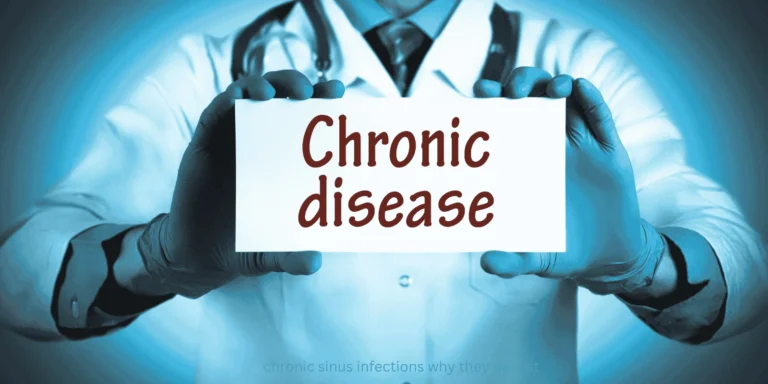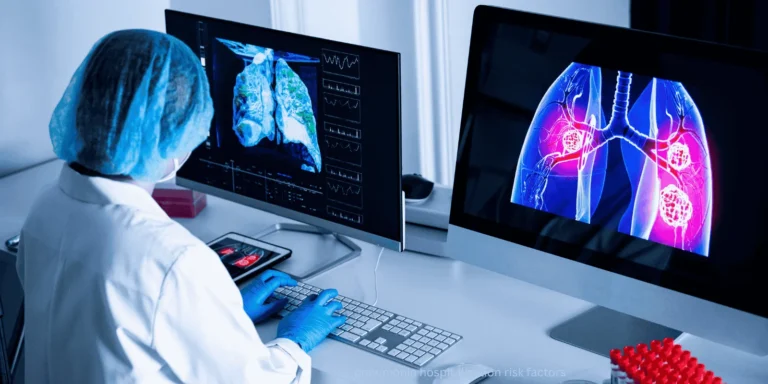Most sinus infections clear up within 2-3 weeks with treatment or on their own. But some people get stuck in a cycle where the infection never fully resolves, or it comes back repeatedly. This chronic sinusitis affects millions and can seriously impact your quality of life.
Understanding why some sinus infections become chronic helps you break the cycle.
When Acute Becomes Chronic
Doctors define chronic sinusitis as inflammation and infection lasting more than 12 weeks despite treatment attempts. Or you might have recurring acute infections—four or more per year.
Either way, you’re dealing with persistent facial pressure, post-nasal drip, reduced sense of smell, and generally feeling lousy for months on end.
Anatomical Problems Block Drainage
Some people have structural issues that prevent proper sinus drainage. A deviated septum, narrow sinus openings, or nasal polyps create physical blockages.
When your sinuses can’t drain normally, mucus accumulates and becomes a breeding ground for bacteria. You can take all the antibiotics in the world, but if the underlying drainage problem isn’t fixed, infections keep coming back.
I’ve had patients who struggled with chronic sinusitis for years, tried every medication, and finally needed surgery to widen their sinus openings. Once drainage improved, the infections stopped.
Allergies Keep Inflammation Going
Untreated allergies cause constant inflammation and swelling in your nasal passages and sinuses. This creates the perfect environment for infections to take hold.
Many people don’t realize their “sinus infections” are actually allergy-driven inflammation with secondary bacterial overgrowth. Treating the underlying allergies with daily nasal steroids and antihistamines often solves the problem.
Biofilms Protect Bacteria
Bacteria in chronic sinus infections sometimes form biofilms—protective layers that shield them from antibiotics and your immune system. Standard antibiotic courses don’t penetrate these biofilms effectively.
This is why some chronic infections require longer antibiotic treatment, different antibiotic choices, or additional strategies like nasal rinses with specialized solutions.
Immune System Issues
Some people have underlying immune deficiencies that make them prone to recurrent infections. This isn’t common, but it’s worth investigating if you’re getting sinusitis constantly despite appropriate treatment.
Conditions like diabetes also affect immune function and healing, making chronic infections more likely.
Fungal Infections Mimic Bacterial
Occasionally, what looks like bacterial sinusitis is actually a fungal infection. These don’t respond to antibiotics at all—they need antifungal treatment.
Fungal sinusitis is more common in people with weakened immune systems or those who’ve taken multiple courses of antibiotics.
Environmental Irritants Maintain Inflammation
Constant exposure to smoke, pollution, strong chemicals, or extremely dry air keeps your sinuses irritated. This persistent inflammation sets you up for repeated infections.
Breaking the Cycle
Addressing chronic sinusitis usually requires a multi-pronged approach. Daily saline rinses help keep sinuses clear. Treating underlying allergies reduces inflammation. Sometimes imaging studies reveal anatomical problems that need surgical correction.
Through telemedicine, I can assess your pattern of infections and order appropriate tests when needed. We might try extended antibiotic courses, stronger nasal steroids, or refer you to a specialist if conservative treatment isn’t working.
The key is not just treating each infection as it happens, but figuring out why you keep getting them and addressing that root cause. Most people can break the cycle with the right approach.











